Do you have white spots on your basil leaves? If so, don’t worry – you’re not alone! This is a common problem for basil growers. In this blog post, we will discuss the causes of these white spots and how to prevent them from happening. We will also provide some tips for fixing the problem if it does occur.
Why Are There White Spots on My Basil Leaves?
The white spots on your basil leaves are either from a fungus or pests. The most common type of fungus is called powdery mildew, whereas the most common type of pest to attack basil plants is the aphid.
Powdery mildew is a type of fungus that thrives in warm, humid conditions. It can cause the leaves of your basil plant to turn white and eventually die. If you live in an area with high humidity, it’s important to take measures to prevent powdery mildew.
Pests, such as aphids, can also cause white spots on your basil leaves. Aphids are small, winged insects that feed on the sap of plants. These pests should be removed from your basil plant as soon as possible to prevent further damage.
How to Treat White Spots on Basil Leaves?
It depends on the cause of the white spots. If the spots are from powdery mildew, you can treat them with a fungicide. If the spots are from pests, you can remove the pests by hand or use an insecticide.
I will now provide an in-depth guide on how to treat each problem:
1) Powdery mildew
If the spots on your basil leaves are from powdery mildew, you can treat them with a fungicide. There are many different types of fungicides available, but I recommend using a natural fungicide such as neem oil. Neem oil is safe to use around children and pets, and it is effective at treating powdery mildew.
To use neem oil, mix it with water according to the instructions on the bottle. Then, apply the mixture to your basil plant using a spray bottle. Be sure to cover the entire plant, including the undersides of the leaves. Apply the fungicide every seven to 14 days until the powdery mildew is gone.
Powdery mildew thrives in a moist environment, so it’s important to water your basil plant at the base, not from above. Allow the soil to dry out between watering. It can also be a good idea to monitor the humidity levels in your grow area. If the humidity is too high, you can try using a dehumidifier.
2) Pests
If the spots on your basil leaves are from pests, you can remove the pests by hand or use an insecticide. To remove aphids by hand, simply wipe them off of the leaves with a damp cloth. You can also spray them off with water from a hose.
If you have a serious infestation, you may need to use an insecticide. Yet again, neem oil is a good choice that works exceptionally well for aphids. You can also use an insecticide that contains pyrethrin, such as Safer’s Insecticidal Soap.
Make sure no pests have traveled inside your home, as they can quickly spread to other plants. To prevent pests from entering your home, keep your grow area clean and free of debris. Inspect your plants regularly for signs of pests, and take action immediately if you see any.
3) Iron deficiency
If you see white spots on your basil leaves, it could also be a sign of an iron deficiency. Iron is essential for the proper growth of basil plants. A lack of iron can cause the leaves to turn yellow, and eventually white.
To treat an iron deficiency, you will need to fertilize your basil plant with an iron-rich fertilizer. You can find iron-rich fertilizers at your local garden center. Follow the instructions on the fertilizer label for the best results.
It’s also important to make sure your basil plant is getting enough water. Water stress can cause an iron deficiency, so be sure to water your plant regularly and deeply. Allow the soil to dry out between watering to prevent root rot.
How to Prevent White Spots on Basil Leaves?
Prevention is always the best cure when it comes to white spots on basil leaves. To prevent powdery mildew, water your basil plant at the base and allow the soil to dry out between watering. Monitor the humidity levels in your grow area, and try to keep them below 60%. If the humidity is too high, you can try using a dehumidifier.
To prevent pests from attacking your basil plant, keep your grow area clean and free of debris. Inspect your plants regularly for signs of pests, and take action immediately if you see any. You can also try using yellow sticky traps to trap aphids before they have a chance to infest your plant.
Prevent nutrient deficiency by fertilizing your basil plant with a high-quality fertilizer. Follow the instructions on the fertilizer label for the best results. Be sure to water your basil plant regularly and deeply to prevent water stress.
Can I Eat Basil That Has White Spots?
If there was a small pest issue, then just wash the basil thoroughly before use. Although the flavor might not be as strong or attractive as usual, these leaves should be okay to eat.
However, basil plants that have a fungal disease should be avoided at all costs! Eating such plants will likely make you very sick…
Personally, I would chuck the basil into the trash.
Care Tips
Stressed basil plants are more vulnerable to attack from pests and disease. As such, you should do everything in your power to give your plants what they need to thrive. Here are some tips for taking care of your basil plants:
- Make sure they’re getting enough light (no less than 8 hours per day)
- Keep temperature moderate – basil does not like to be too cold, but it also doesn’t appreciate being in a warm and humid environment. Watch the plant closely if you notice wilting leaves or drooping stems.
- Give them plenty of water, but don’t overwater! Basil has a relatively high preference for dry soil conditions over wet ones. You can tell whether your plant needs more water by looking at its roots; moist soil indicates that watering is necessary while dry dirt means the opposite. Too much water will cause root rot which will only make matters worse!
- If you want to ensure a continual supply of basil leaves, start harvesting the plant when it reaches 6-8 inches in height.
- If you’re looking for a way to help with pest control, be sure to purchase natural pesticides like neem oil or insecticide soap.
The Importance of Basil
If you’re wondering why so many people are obsessed with basil, it’s likely because it has such a huge variety of uses. It can be added as an herb to your favorite recipes – like pesto, Thai dishes, or even desserts!
It also has a variety of medicinal purposes. For example, basil tea can help with motion sickness and headaches while basil essential oils have been known to alleviate anxiety. There’s no denying the power that this plant holds over our cultures around the world…
In my opinion, basil is a plant that you can’t live without!
Conclusion
In conclusion, if you have white spots on your basil leaves, it’s important to figure out the cause. The most common causes are powdery mildew and pests. Once you know the cause, you can take measures to treat the problem.
Prevention is always the best cure when it comes to white spots on basil leaves. By following the tips in this article, you can prevent powdery mildew and pests from attacking your plant.
I hope this article was helpful. If you have any questions, please feel free to leave a comment below. I will try to get back to you as soon as possible. Thanks for reading!
Tim is an avid gardener from the UK. He was the founder of PlantCarer.com from 2021 to Sep 2023. He sold PlantCarer.com to Aaron. He has since started his own business called Seed To Supper, which provides new gardeners all the materials you need in a box (pots, seeds, compost and instructions) to grow your own delicious and nutritious vegetables and herbs from start to finish – no garden required.



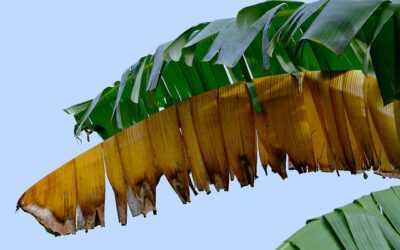

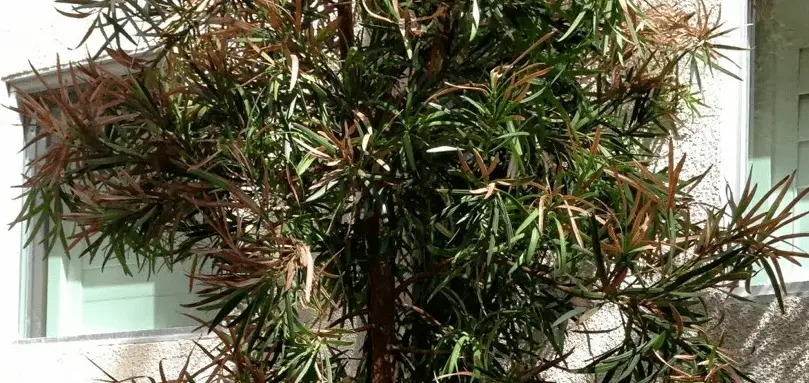
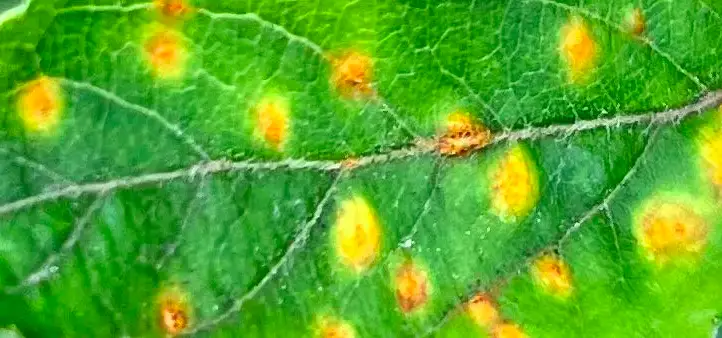
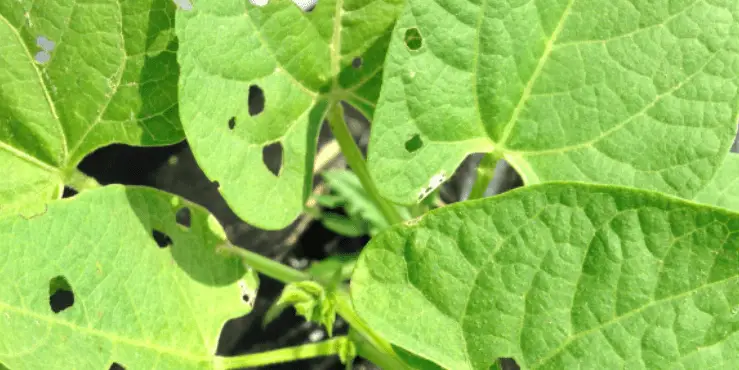
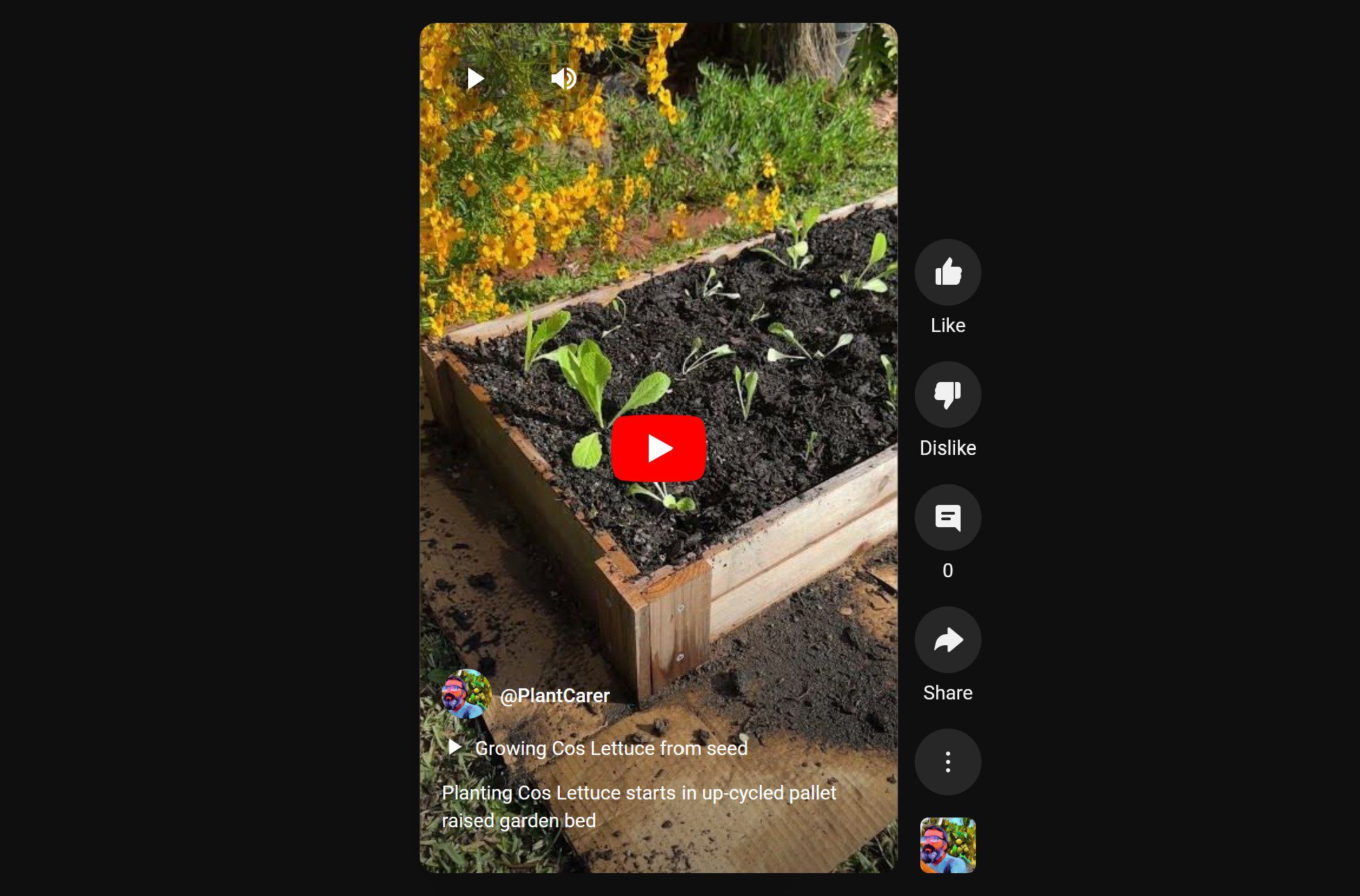
0 Comments